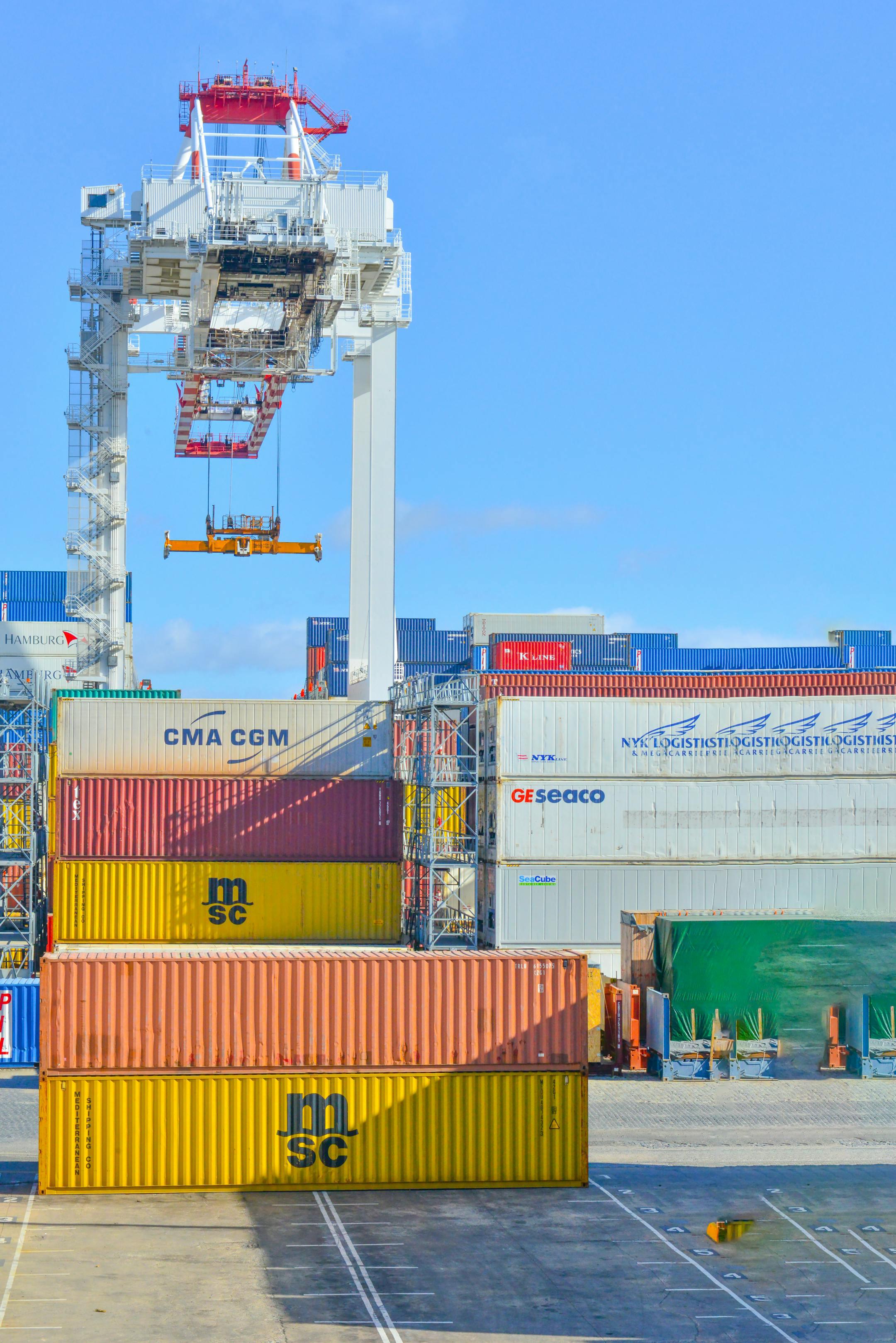
In the world of lifting and rigging, few components are as deceptively simple yet critically important as the lifting hook. While they may appear uniform at a glance, lifting hook types differ widely in design, application, and performance. Selecting the right hook isn't just about compatibility—it’s about safety, efficiency, and controlling risk in dynamic industrial environments.
From everyday hoisting to specialized heavy-lift scenarios, understanding lifting hook types can mean the difference between a smooth lift and a costly mishap. Let’s break them down.
Simple, strong, and widespread—eye hooks are a staple. Their solid eye at the top forms a fixed connection point, typically to a chain, rope, or wire sling. They don’t rotate and aren’t built to adjust mid-lift, which means they’re ideal for loads that stay centered and still.
But don’t be fooled by their simplicity. When paired with the right equipment, eye hooks offer stability that more complex hooks sometimes compromise.
Use them when: The load is steady, the setup is permanent, and rotation is a non-factor.
Clevis hooks, with their U-shaped connector and removable pin, make field changes a breeze. You’ll often find them in setups where speed matters or where the rigging shifts regularly.
Their strength lies in adaptability—swapping them out is quick, and their connection is just as secure when assembled correctly.
Best for: Temporary assemblies, shifting rigging conditions, or when you need to move fast without sacrificing security.
Here’s where things get interesting. Swivel hooks add movement into the mix, with a rotating base that allows the hook to turn even under load. That kind of flexibility helps reduce sling twisting and allows for better load alignment.
But a word of caution: Not all swivel hooks are built the same. Some aren’t rated to rotate under a heavy load—double-check the specs.
Ideal for: Rotating or spinning loads that require precise alignment without stressing the rigging.
Safety isn’t a feature—it’s a necessity. Self-locking hooks (sometimes called positive locking hooks) take that seriously. These hooks automatically snap shut when weight is applied and won’t release until you intentionally disengage the mechanism.
They're especially useful in hazardous or high-traffic lifting environments where accidental unhooking could be disastrous.
Choose them when: Security, compliance, and load integrity are non-negotiable.
Built for brutal conditions, foundry hooks thrive in environments where speed, heat, and mass dominate. Their wide throat allows for quick releases, and their design skips the latch entirely—speed over safety, but only in controlled settings. They're not for casual use and certainly not for inexperienced hands.
Use in: Industrial foundries, steelworks, or anywhere high heat and heavy loads intersect.
Sorting hooks don’t play around. With their deep, slender profile, they’re ideal for hoisting and organizing pipes, beams, or bundled materials. Their shape allows for easy penetration into tight spaces, but many don’t have latches—so the operator needs to remain alert.
Perfect for: Pipe yards, construction sites, or wherever long, narrow loads need moving.
No two jobs are alike, and neither are any two hooks. When selecting among lifting hook types, factor in:
Getting the hook wrong can result in more than lost time—it can mean equipment damage, injuries, or worse. The right hook, however, becomes an extension of your rigging system—efficient, dependable, and safe.
If you’re unsure which hook best fits your needs—or you’re reevaluating your current lifting systems—it’s always smart to consult experienced professionals. Reach out to our team at T&M Cranes today for insight you can trust.